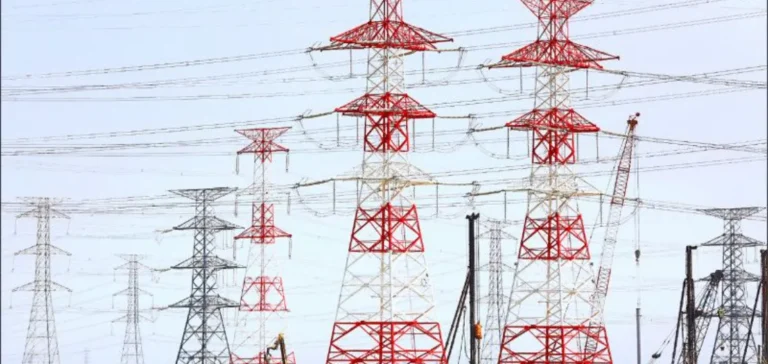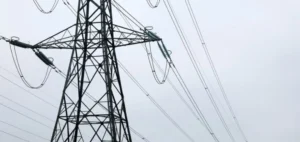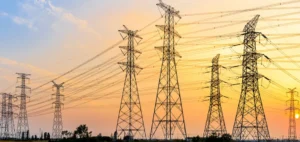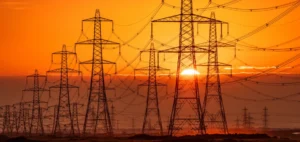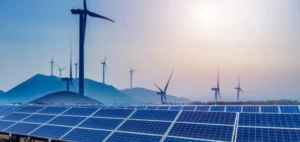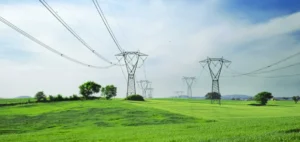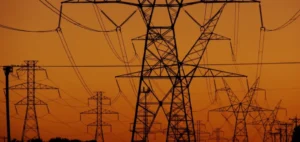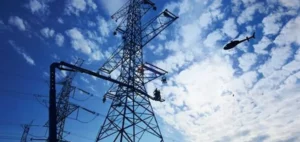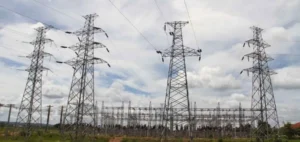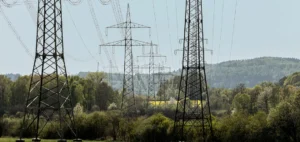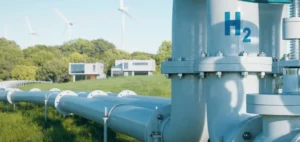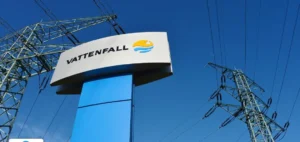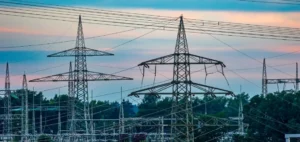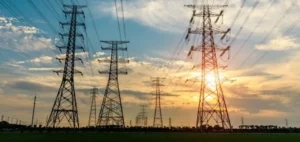Taiwan Power Company (Taipower) and Reactive Technologies Limited (RTL) have published the initial findings of an initiative to measure the inertia of Taiwan’s electricity grid in real-time. This inertia, critical for grid frequency stability during the integration of intermittent renewable energies such as solar and wind power, was analysed using RTL’s GridMetrix® platform. The results underline that Taiwan’s power grid possesses greater operational margins than previously estimated for accommodating increased renewable interconnections.
Key results of the conducted measurements
According to the report jointly published by Taipower and RTL, 34% of the total measured inertia is residual inertia, defined as naturally occurring inertia available within the network independently of the full operation of traditional power generation units. This discovery demonstrates an increased robustness of Taiwan’s electricity grid to variability associated with renewable energies. Currently, renewable energies represent 12% of Taiwan’s electricity mix, according to data provided by Taiwan Power Company.
These new inertia measurements now enable Taipower to significantly enhance its ability to optimise real-time grid operations. This improvement is crucial considering Taiwan’s ambition to achieve 60 to 70% electricity production from renewable sources by 2050. The GridMetrix® platform thus provides Taipower with necessary data for proactive and precise management of fluctuations related to increasing renewable interconnections.
Innovative inertia modulation technology
Taipower is among the first grid operators to employ a Battery Energy Storage System (BESS) for active modulation of grid inertia. This innovative technology allows continuous adjustment of the grid balance, supporting grid stability amid rapid renewable expansion. The system represents a significant advancement in the field of active and proactive modern electricity grid management.
The next phase of this programme, scheduled for late 2025, includes deploying an inertia forecasting tool leveraging Artificial Intelligence (AI) and Machine Learning (ML). This system will analyse historical data combined with real-time grid data to produce reliable short-term inertia forecasts, thus facilitating daily management of interconnections and related fluctuations.
Project leaders’ comments
Marc Borrett, Chief Executive Officer (CEO) of Reactive Technologies, said: “This partnership with Taipower marks a decisive step towards the large-scale integration of renewable energies through more precise real-time management of grid inertia. This approach provides a concrete path toward an effective and stable energy transition.”
For his part, Dr Wu Chin-Chung, Vice President and Chief Digital Officer of Taiwan Power Company, stated: “Through this initiative, we now have improved operational visibility, allowing reliable and optimised integration of renewable energies into our electricity network.”


